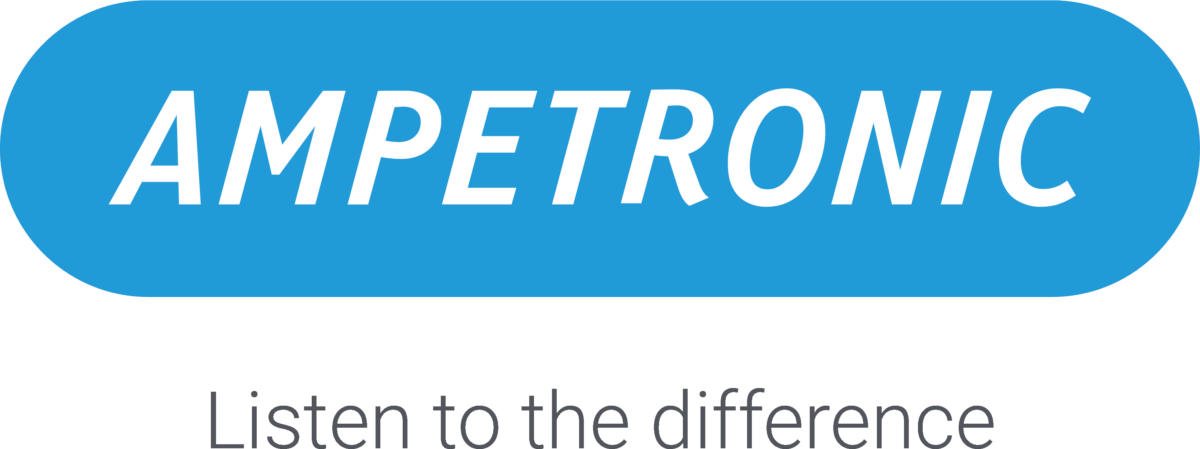Audio over Wi-Fi

What is audio over Wi-Fi?
Audio over Wi-Fi has emerged as an assistive listening option in recent years alongside more established technologies such as hearing loops or infrared. These Wi-Fi systems utilise a wireless network to transmit audio to smartphones, via a dedicated app (determined by the systems manufacturer) that must be downloaded and installed in order to access the system.
Where would you find it?
You may find audio over Wi-Fi in many of the same settings as other assistive listening systems. However, like most receiver-based solutions, it may not be appropriate for certain applications such as point of sale or help points, where a direct transmission to hearing aids from a hearing loop is the most suitable option. On the other hand, audio over Wi-Fi is ideal for scenarios with multiple audio channels, such as a gym or sports bar, where the user can choose which channel to connect to through the app.
How does it work?
The audio stream can be made available on an existing guest or public network, or there may be a dedicated Wi-Fi access point specifically for assistive listening.
Regardless of the approach, the venue must provide clear signage that explains how to access the service and staff should be available to assist with connecting if needed.
What does the user need?
These systems often rely on the end user’s smartphone as a receiver, commonly known as bring your own device, or BYOD. While this works well for some people, it may not be suitable for everyone. Some individuals may not have a compatible smartphone, or may lack the confidence to connect to the right network and install the required app. As a result, these systems are best suited for venues with a younger demographic and a relatively closed user group.

What are the advantages?
The BYOD approach can however be one of the main advantages of audio over Wi-Fi systems. In cases where a direct transmission to hearing aids, such as with an induction loop, is not feasible, the option to use a personal mobile device can provide a discreet and familiar means of accessing audio. This may be more accessible and preferred over traditional receiver-based technologies.
To ensure true equality of access, some countries have legislation requiring a certain quantity of receivers to be made available regardless of the type of system implemented, including a proportion that are telecoil compatible. While this is not a legal requirement in the UK, many installations still include portable Wi-Fi receivers that can be borrowed when required. These receivers are often locked down smartphones that come pre-connected to the right wireless network and with the correct app already installed, making it easier to access the audio stream.
Are there any disadvantages?
One other important consideration when using audio over Wi-Fi systems is latency. Latency refers to the time delay between when the audio is transmitted and when it is received by the smartphone. Quoted latency figures are often “best case” and can vary significantly depending on the smartphone receiver and the install environment. In larger spaces where the listener is far away from the sound source, the impact of latency may be minimal. However, in smaller rooms, the delayed arrival of sound can make lipreading more challenging, as the movement of the lips will be out of sync with the audio. It can also create an audible echo, especially for single hearing aid wearers, who may hear a mix of the room sound and the assistive listening system.
Hearing aids with Bluetooth
If you have hearing aids that allow audio to be streamed from your phone over Bluetooth, then these systems enable you to transmit the assistive listening sound to your hearing aids via the smartphone. This feature can be an additional benefit; however, it is worth noting that the Bluetooth connection will add additional latency on top of the Wi-Fi link. This could worsen the potential issues described in the previous paragraph, making it unsuitable for certain listening environments.
Audio over Wi-Fi systems can also be used alongside other, more traditional assistive listening technologies, such as infrared or induction loops. A dual technology approach ensures that users have the choice to use the system that works best for them.
